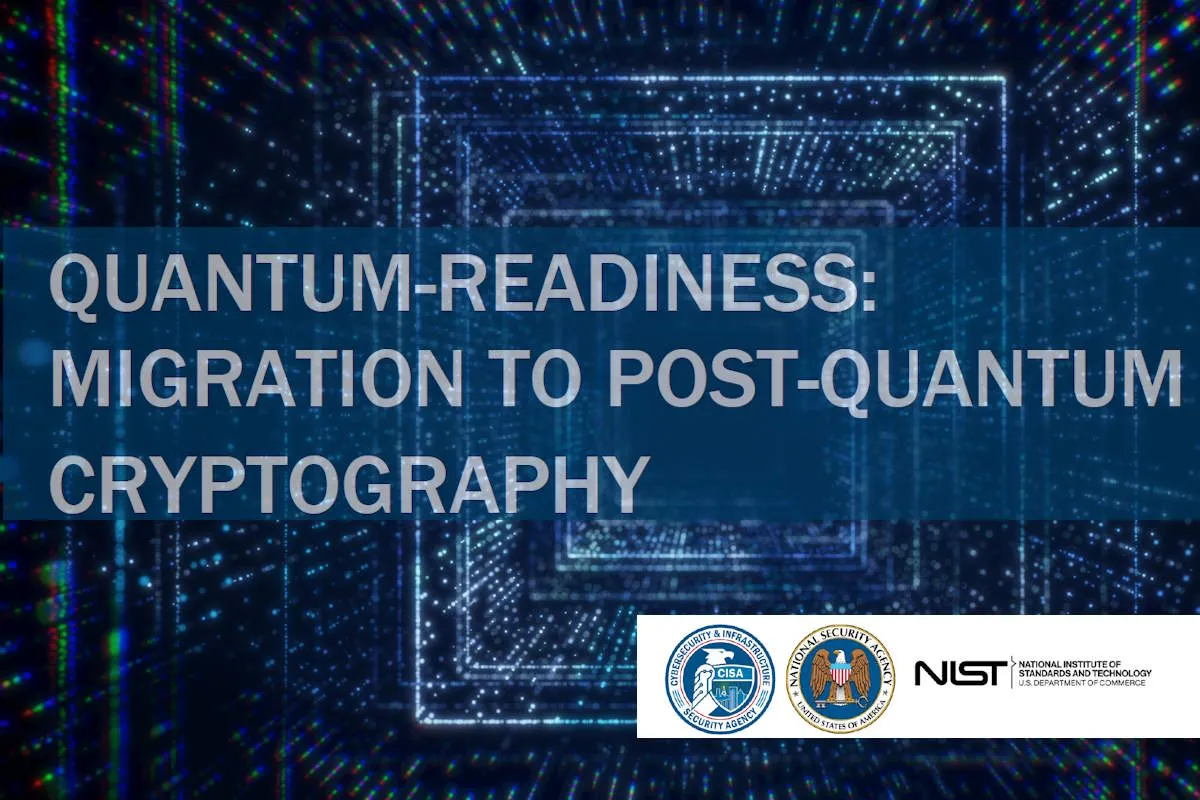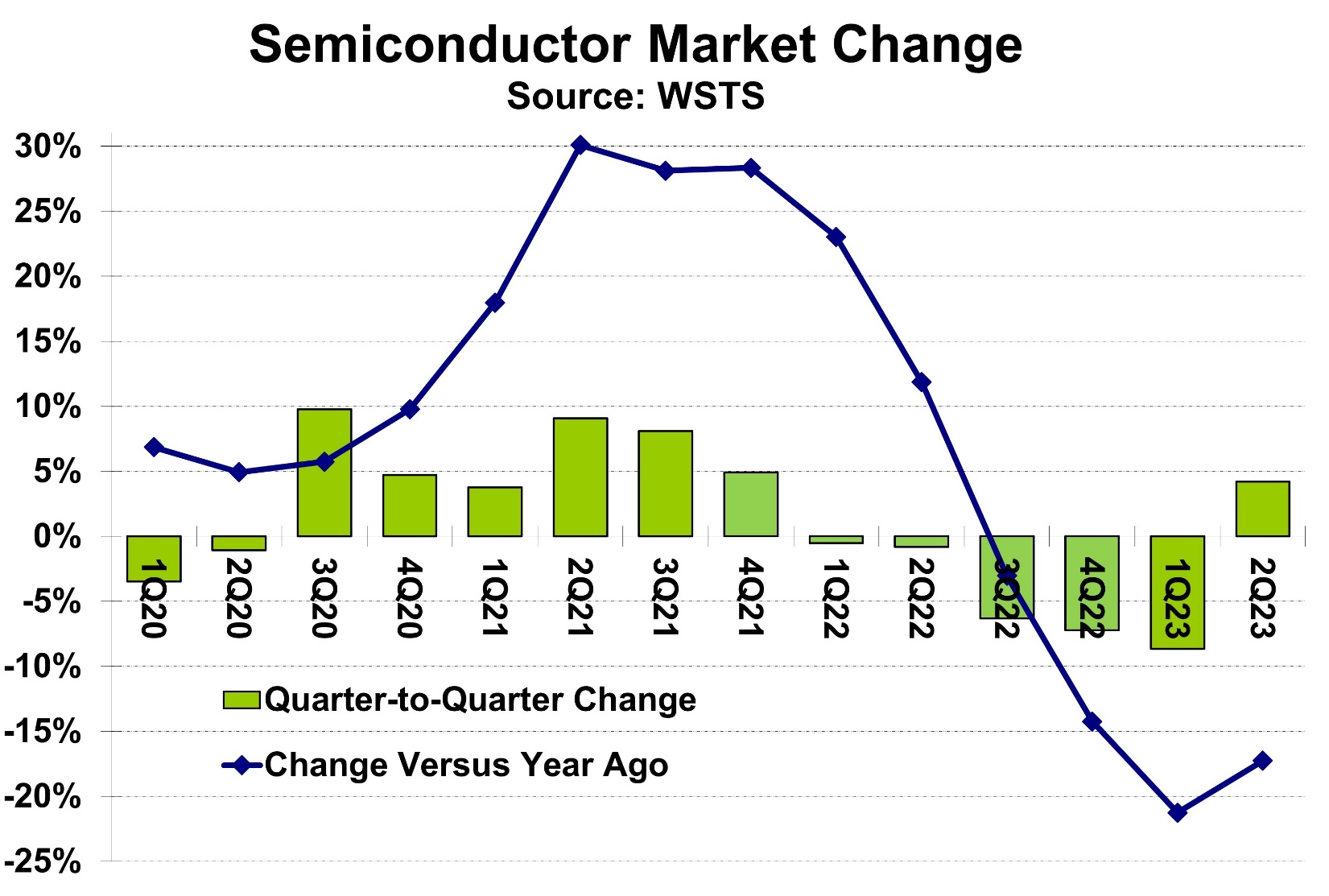The Rise Of Post-Quantum Cryptography: Algorithmic Advancements And Migration Plans Fuel Market Expansion To Billions By 2030

Table of Contents
Algorithmic Advancements in Post-Quantum Cryptography
The development of PQC relies heavily on advancements in several distinct algorithmic approaches. These algorithms are designed to resist attacks from both classical and quantum computers.
Lattice-Based Cryptography
Lattice-based cryptography leverages the mathematical properties of lattices—regular arrangements of points in high-dimensional space—to create robust cryptographic systems. Its strength lies in the inherent difficulty of solving certain computational problems within these lattices, even for powerful quantum computers.
- High security against quantum attacks: Lattice problems are believed to be hard even for quantum algorithms.
- Relatively efficient implementation: Compared to some other PQC approaches, lattice-based cryptography offers relatively efficient implementations, making it suitable for various applications.
- Ongoing research for further optimization: Active research continues to refine lattice-based algorithms, improving their performance and efficiency. This includes exploring new lattice structures and optimizing existing algorithms for specific hardware platforms. Prominent examples include Kyber, a key encapsulation mechanism (KEM) known for its speed and efficiency, and Dilithium, a digital signature algorithm (DSA) designed for strong security.
Code-Based Cryptography
Code-based cryptography's security stems from the difficulty of decoding random linear codes. This approach is rooted in coding theory and offers a unique path to post-quantum security.
- Strong security based on the hardness of decoding random linear codes: The mathematical problem underlying code-based cryptography is considered computationally hard, even for quantum computers.
- Relatively slower performance compared to lattice-based cryptography: Code-based algorithms tend to be slower than lattice-based counterparts, impacting performance in applications requiring high throughput.
- Requires larger key sizes: Compared to other approaches, code-based cryptography often necessitates larger key sizes, impacting storage and transmission efficiency. The McEliece cryptosystem is a notable example of a code-based algorithm.
Multivariate Cryptography
Multivariate cryptography relies on the difficulty of solving systems of multivariate polynomial equations over finite fields. This approach offers high security potential but comes with its own set of challenges.
- Offers high security potential: The underlying mathematical problem is believed to be intractable for both classical and quantum computers.
- Can be computationally expensive: Solving multivariate polynomial equations can be computationally expensive, limiting its applicability in certain scenarios.
- Challenges in key size management: Managing key sizes effectively is crucial for practical implementation.
Hash-Based Cryptography
Hash-based cryptography uses cryptographic hash functions to construct digital signatures. While offering provable security, it’s limited to one-time signatures.
- Excellent security properties: Based on well-established cryptographic hash functions, hash-based signatures offer strong security guarantees.
- Limited applicability due to the one-time signature constraint: Each key can only be used to sign a single message, making it less versatile than other approaches.
- Suitable for specific use cases: Despite its limitations, hash-based cryptography remains suitable for specific applications where the one-time signature constraint isn’t a major drawback.
Migration Plans and Standardization Efforts
The transition to PQC necessitates careful planning and standardization. This is a complex undertaking involving significant effort from researchers, developers, and standardization bodies.
NIST Post-Quantum Cryptography Standardization
The National Institute of Standards and Technology (NIST) has played a pivotal role in standardizing PQC algorithms. Their rigorous selection process has resulted in a set of algorithms ready for widespread adoption.
- Kyber (key encapsulation mechanism): Selected for its speed and efficiency.
- Dilithium (digital signature algorithm): Chosen for its strong security properties.
- Falcon (digital signature algorithm): Another digital signature algorithm offering a good balance of security and efficiency.
- SPHINCS+ (digital signature algorithm): A digital signature algorithm based on hash functions offering strong security but with larger signature sizes.
Industry Adoption and Challenges
Migrating to PQC presents several challenges for industries. The transition requires careful planning, significant investment, and ongoing support.
- Integration with existing systems: Integrating PQC into existing systems and infrastructure can be complex and resource-intensive.
- Resource allocation for upgrading infrastructure: Significant resources are needed to upgrade hardware and software to support PQC algorithms.
- Development of PQC-enabled applications: Software developers need to adapt applications to use the new algorithms. Examples of industry adoption are growing, with major tech companies and financial institutions actively participating in pilot programs and integrating PQC into their products and services.
Market Expansion and Investment in Post-Quantum Cryptography
The market for post-quantum cryptography is poised for significant growth, driven by increasing awareness of quantum computing threats and proactive government regulations.
Market Size Projections
Market research predicts the PQC market will reach billions of dollars by 2030. This growth is fueled by several factors:
- Increasing government regulations: Governments worldwide are increasingly recognizing the threat of quantum computers and are enacting regulations promoting the adoption of PQC.
- Growing awareness of quantum computing threats: As awareness of quantum computing's potential to break current encryption grows, so does the demand for PQC solutions.
- Investments from both public and private sectors: Significant investments are being made in PQC research, development, and deployment by both public and private entities.
Key Players and Investments
Numerous companies and organizations are actively involved in PQC research and development. This includes major technology companies, government agencies, and research institutions, demonstrating the broad recognition of the importance of this technology.
Conclusion: Securing the Future with Post-Quantum Cryptography
Post-quantum cryptography is not just a technological advancement; it's a critical necessity for maintaining digital security in the face of emerging quantum computing threats. The progress made in algorithm development, standardization, and industry adoption signals a significant shift in cybersecurity strategies. The projected market expansion highlights the urgency and importance of proactive adoption. To safeguard sensitive data and maintain a secure digital future, it's crucial for individuals and organizations to learn more about post-quantum cryptography and initiate their migration plans. Explore resources from NIST and other leading cybersecurity organizations to understand the implications and steps involved in securing your systems with post-quantum cryptography solutions. Don't wait until it's too late; embrace post-quantum cryptography today.

Featured Posts
-
 Ovechkins Historic Night 894 Goals Matching Gretzkys Record
May 13, 2025
Ovechkins Historic Night 894 Goals Matching Gretzkys Record
May 13, 2025 -
 The Semiconductor Market Surge Understanding The Preceding Etf Sell Off
May 13, 2025
The Semiconductor Market Surge Understanding The Preceding Etf Sell Off
May 13, 2025 -
 Vliyanie Novykh Standartov Po Fizike I Khimii Na Razvitie Detey V Detskom Sadu
May 13, 2025
Vliyanie Novykh Standartov Po Fizike I Khimii Na Razvitie Detey V Detskom Sadu
May 13, 2025 -
 Salman Khan Box Office Flop Bhai S Biggest Disaster In 25 Years
May 13, 2025
Salman Khan Box Office Flop Bhai S Biggest Disaster In 25 Years
May 13, 2025 -
 Nba Draft Lottery Rules Explained A Complete Guide
May 13, 2025
Nba Draft Lottery Rules Explained A Complete Guide
May 13, 2025
